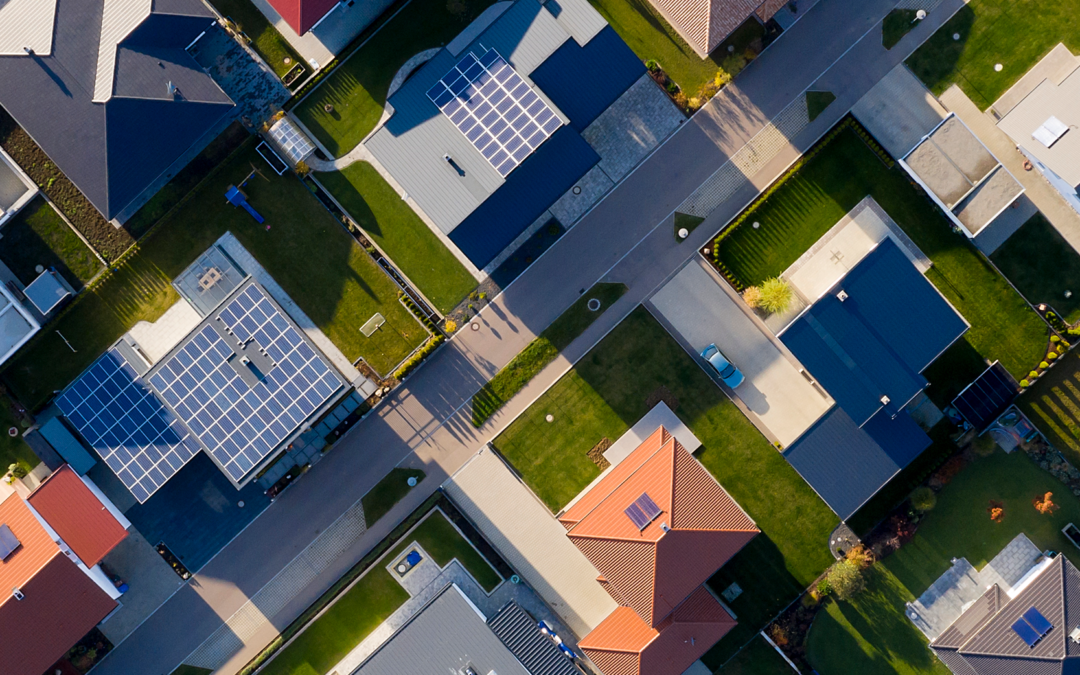Your roof surface area is the size of your roof, expressed in square metres (or feet).
For single storey homes, your roof surface area will often be greater than your floor area (unless you have a flat roof).
As your roof surface is the catchment area for harvesting rainwater, it’s important to know how large or small it is so you can calculate how much rainwater you can expect to harvest.
Calculating your roof surface area
Building plans offer the easiest way to calculate your roof surface area – after all, the numbers should all be on there. This calculation option will also give you a very accurate result.
Google Maps or other overhead mapping software can also be used to calculate your roof surface area. The accuracy of your results will depend on which tool you use, however, it should give you a good rough calculation.
Alternatively, you can simply head outside with a tape measure and roughly measure the size of your roof at ground level. This will provide a rough calculation that is still useful enough for your purposes.
Calculating your catchment capacity
Roughly speaking, 1 millimetre of rain over 1 square metre of roof equals 1 litre of water.
This capacity can be calculated using the following formula:
Annual rainfall (in millimetres) x Roof surface area (in square metres) = Roof catchment capacity.
This is an important figure to understand so you can design a Rain Harvesting system and choose a tank size that will meet your water volume requirements.

